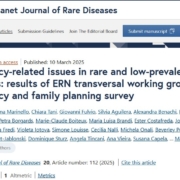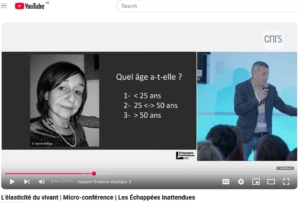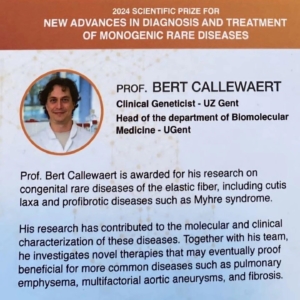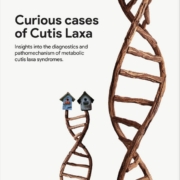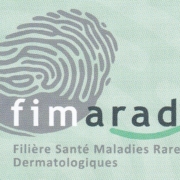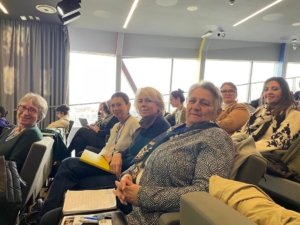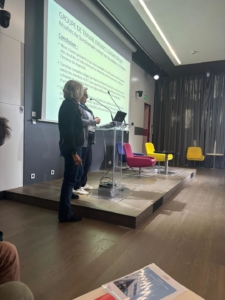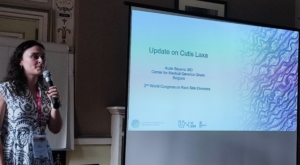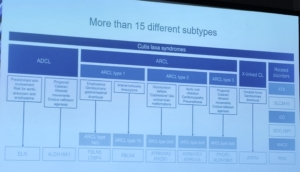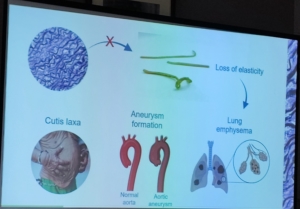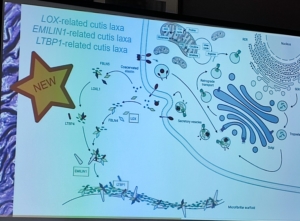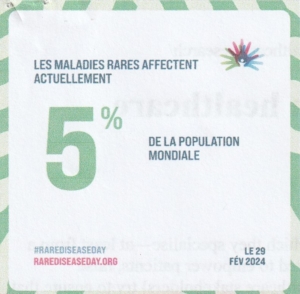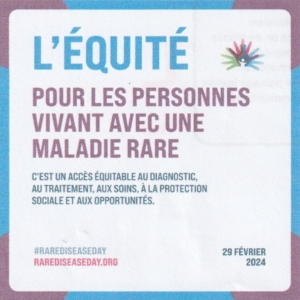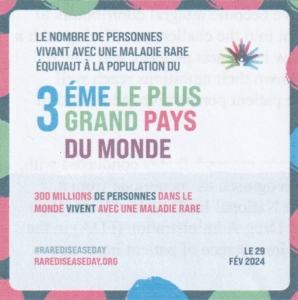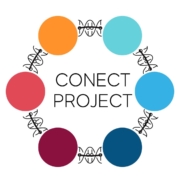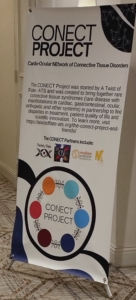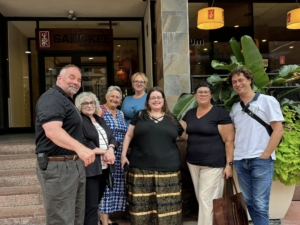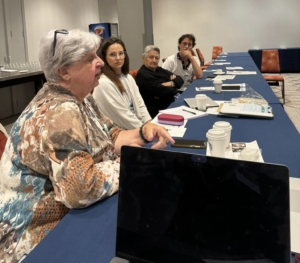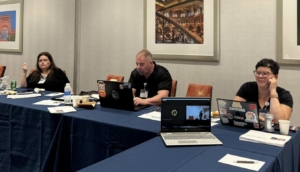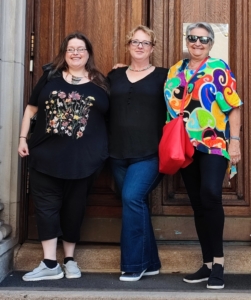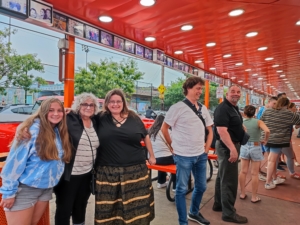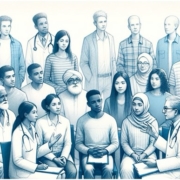Pregnancy and Family Planning in Rare Disorders
Orphanet Journal of Rare Diseases published the results of the survey for healthcare professionals « Pregnancy and Family Planning in Rare Diseases”
Written by the European Reference Networks (ERNs) transversal working group that brings together patient representatives (EPAGs) (of which Marie-Claude Boiteux) and healthcare professionals (HCP) from 20 ERNs . After identifying 7 transversal domains to be explored in the survey (Fertility preservation, Pre-conceptional counseling, Family Planning counseling, Pre-implantation diagnosis, Prenatal diagnosis, Pregnancy monitoring, Post pregnancy monitoring/ lactation monitoring/counseling/newborn management), the group established closed and open-ended questions for each domain. These questions explored the level of importance, the activities performed by the center, the clinical challenges, the good practice and the educational activities related to the selected topics.
HCP, from 24 different countries answered the survey.
“Pre-conceptional counselling” and “pregnancy monitoring” were mentioned as important/very important at 83.3% and 75.6%, respectively. And « Family Planning Counselling » was considered very important/important at 71,6%.
The conclusions of this survey are pointing unmet needs for HCPs, including the need to improve communication between different HCPs, the lack of predefined organizational pathways, the lack of availability of expert HCPs for some pregnancy-related issues and the need to streamline the care provided among different European countries.
In addition, the survey underlined the need to improve the educational activities provided to ra
re disease patients.
Overall, the results pointed out the need to educate both physicians and patients on the basis of the emerging unmet needs. Online resources can be an excellent educational tool, they may help in disseminating and standardizing educational activities in order to homogenize the information for HCPs and patients.
Therefore, initiatives in this direction by scientific societies, ERNs and patient associations should be promoted and encouraged
A second questionnaire had been sent to patients. The answers are being analysed and should be soon published. It will then be possible to compare HCPs’ and patients’ views.

